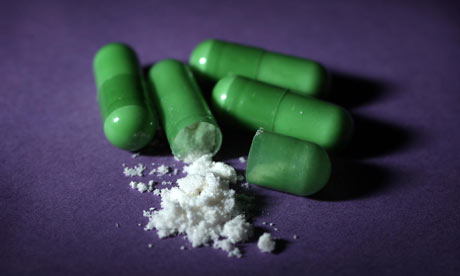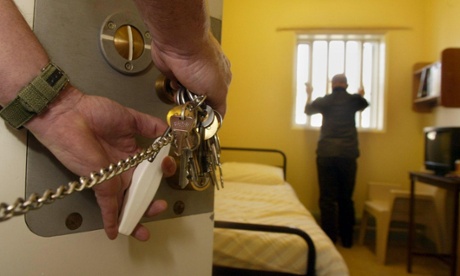Last year I wrote to the health and home secretaries with suggestions on how antidotes for spice could be developed. Their replies revealed a complete lack of appreciation of the magnitude of the synthetic cannabinoid problem and lack of interest in the idea of an antidote.
Spice-induced “zombie” outbreaks in New York and in Manchester have hit the headlines in the past year. Use of these new damaging and powerful forms of synthetic cannabinoids is rife in our prisons and by homeless people, with estimates of up to 50 deaths last year. They can produce extremely strong psychotic states often with very violent behaviour. Sometimes a frozen unconscious state results. Either of these outcomes are health emergencies that consume vast amounts of police, prison officer and health professionals time, and so waste a huge amount of public money.
Spice is a generic term for the hundreds of synthetic versions of cannabis that are used instead of herbal cannabis. The first synthetic cannabinoids were made in the 1970s as potential medicines, but initial human testing found them to be so unpleasant and potent in their actions that none were marketed. Since then they have been sold as legal alternatives to cannabis, and called spice.
The problems with spice are multiple. The first is lack of any quality control: the amount of synthetic cannabinoid in each unit is not known. Second, these substances have little, if any, safety data. Third, many of them are much more potent than traditional cannabis, up to a hundred times more potent in the test tube and have never been tested in animals – let alone humans – so there is no data on real-world safety.
Most are not detectable by current testing processes which is why prisoners prefer them. This high potency means they are very profitable drugs. A spice solution costing a few pounds can be soaked into a single A4 sheet of paper, which, when dried, can be cut up into about 100 units, each of which will give a decent “hit” at £5 each.
The government’s response has been to ban these drugs in a series of amendments to the misuse of drugs act. So now all synthetic cannabinoids are illegal. But, as with other drugs, banning spice doesn’t stop its use. Heroin has been illegal for 50 years yet deaths reached an all-time peak in England and Wales last year.
So what should the government do about spice? First, it must recognise that this problem is not going to be dealt with by simplistic approaches such as more bans or more severe sentencing of users. We should understand that the authorities’ focus on herbal cannabis use is the main reason for spice emerging in the UK. So we should stop testing for cannabis in prisoners and others to encourage a move by users back to herbal cannabis.
The Manchester police commissioner has now publicly wondered if the problem has been exacerbated by the Psychoactive Substances Act which has taken synthetic cannabinoids out of “head shops” and into the underground marketplace. Perhaps we should develop a harm reduction strategy by allowing the sale of safer versions of synthetic cannabinoids, or even cannabis itself, back in head shops?
But to deal with the current epidemic of use we need urgently to develop cannabis antagonists as antidotes to spice for use by health professionals.
The success of naloxone as an antidote for heroin overdose is now well recognised to save lives, and is given to opioid users and their friends for this reason. Several antagonists at the cannabis receptor are known and one, rimonabant, has extensive safety data in humans. It was licensed in Europe a decade ago as a treatment to stop weight gain after people stopped smoking. However post-marketing surveillance found that in some people rimonabant was associated with an increase in depressive reactions, sometimes with suicidal thinking (though not suicides). This led to it being taken off the market for having too low a benefit-risk ratio for this medical indication. But for spice reversal these considerations do not apply – it would only be used once to reverse a bad reaction, and hopefully keep people from harming themselves or others.
The other approach is to develop the herbal antidote THCV. This is made in the cannabis plant alongside d9THC and many other cannabinoids. It has recently been shown to have antagonist actions against the psychosis produced by d9THC and so would almost certainly attenuate spice intoxication. Sadly, just a few months ago, the Advisory Council for the Misuse of Drugs refused to make it available for this purpose on the spurious grounds that a note in a 1974 paper said that when given intravenously in high doses it was a little like d9THC.
Surely it is time for government to push to develop such an antidote to spice if not for humane and health reasons then for economic ones?










